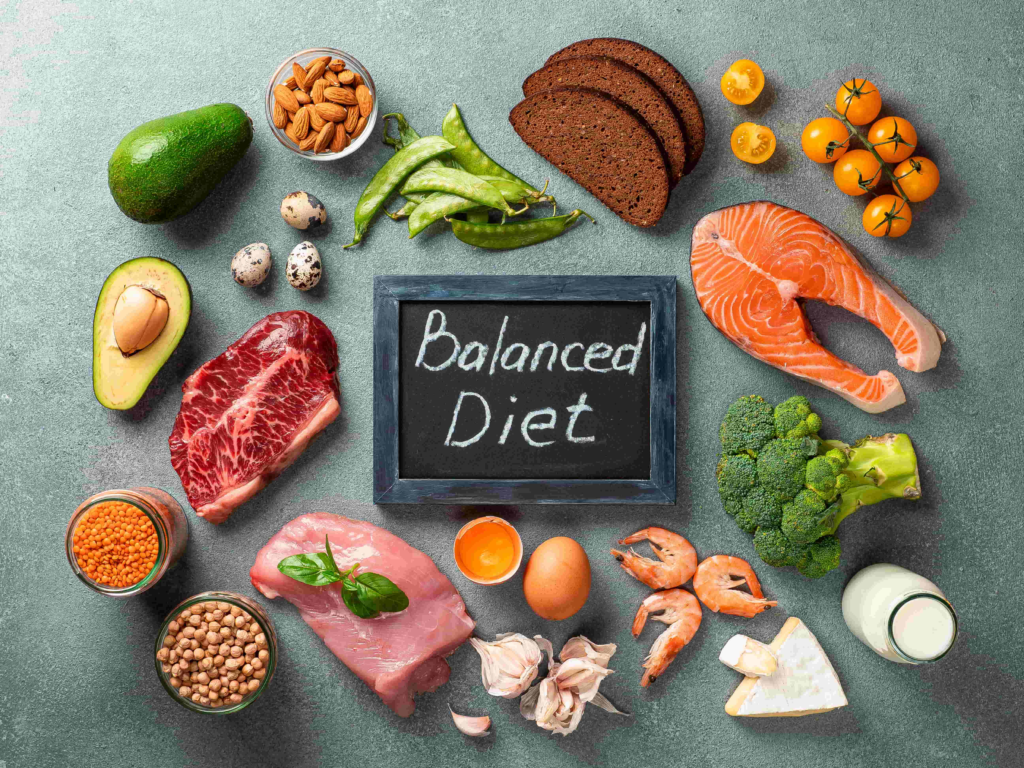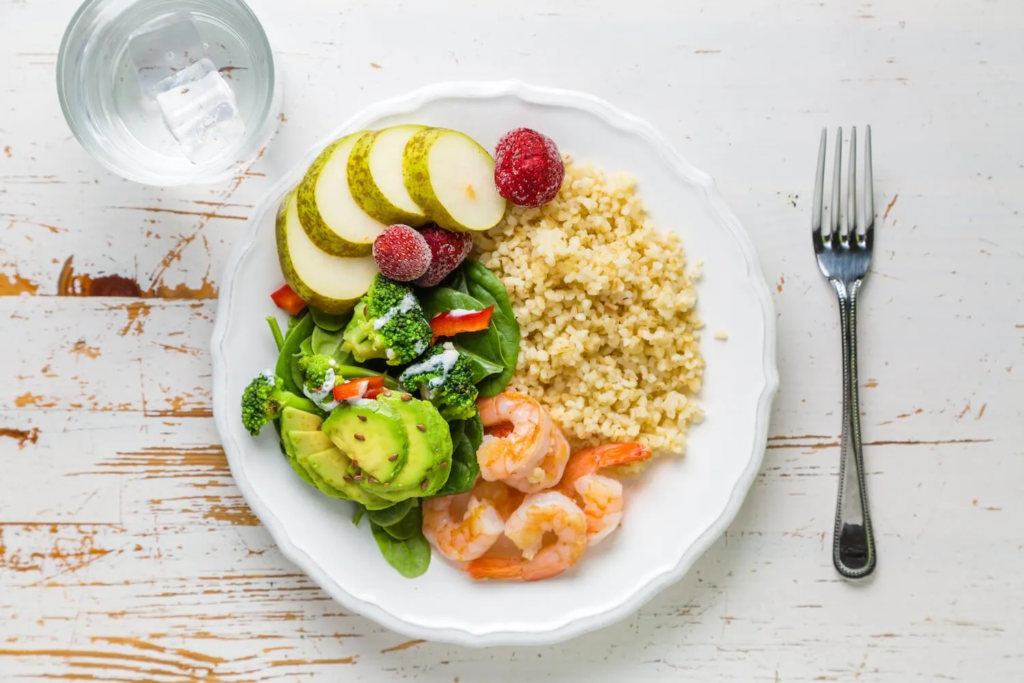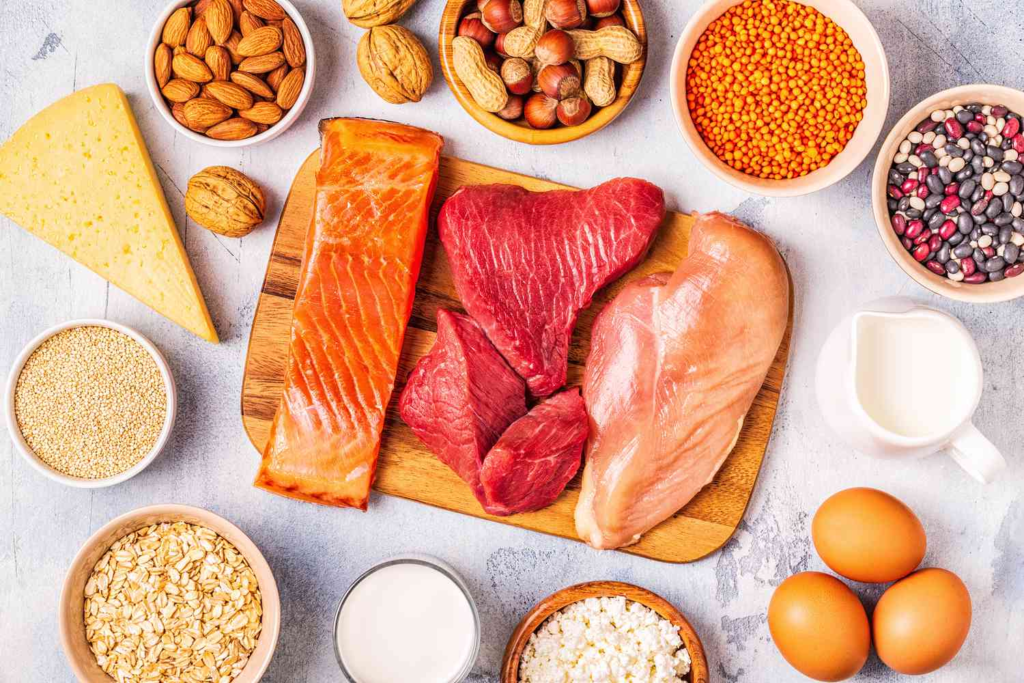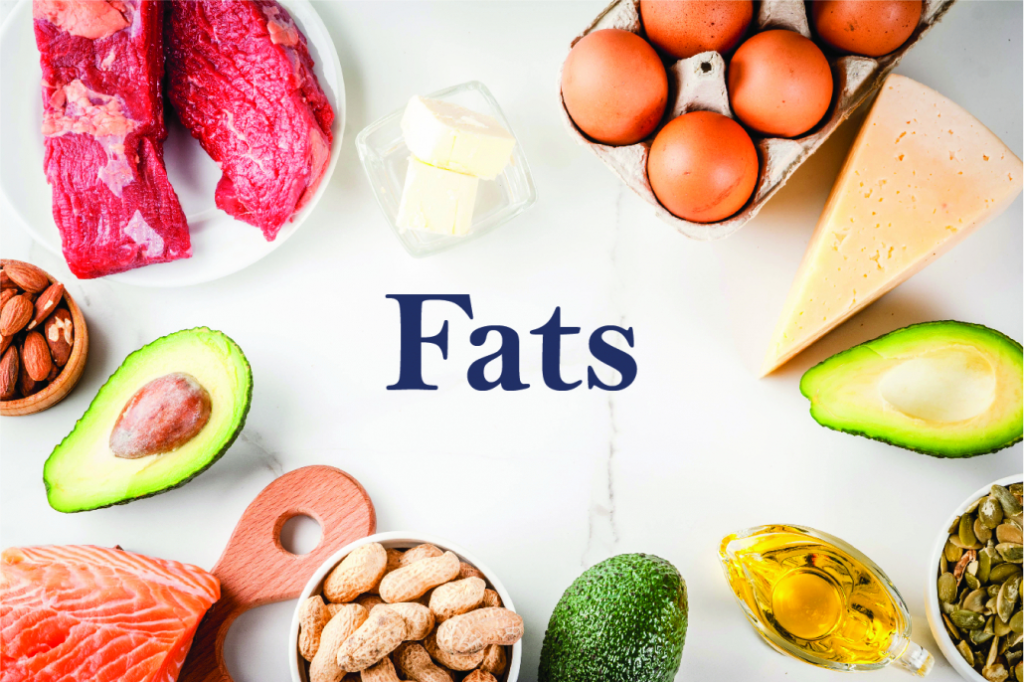Different Eating Habits
Different eating habits by Delta publications
Key Notes:
Types of Diets:
- Omnivores: Eat both plants and animals. Example: Humans, bears.
- Herbivores: Eat only plants. Example: Cows, rabbits.
- Carnivores: Eat only meat. Example: Lions, eagles.
- Omnivores: Eat both plants and animals. Example: Humans, bears.
Meal Patterns:
Three Main Meals: Breakfast, lunch, and dinner.
Breakfast: The first meal of the day, usually eaten in the morning.

Lunch: The midday meal, often lighter than dinner.

Dinner: The evening meal, usually the largest meal of the day.

Snacks: Small amounts of food eaten between meals. Example: Fruits, nuts.

Cultural Eating Habits:
- Different Cultures: Have unique food traditions and meals. For example:
- Japanese Cuisine: Includes sushi, rice, and fish.

- Italian Cuisine: Known for pasta, pizza, and bread.

- Mexican Cuisine: Includes tacos, burritos, and beans.

Healthy Eating Habits:
Balanced Diet: Includes fruits, vegetables, grains, proteins, and dairy.

Portion Control: Eating the right amount of food to maintain health.

Hydration: Drinking enough water throughout the day.

Food Preferences:
- Personal Choices: Influenced by taste, dietary restrictions, and allergies.
- Vegetarian and Vegan: Choose not to eat certain animal products for health or ethical reasons.
Eating for Energy:
- Nutrients: Provide energy and help the body function properly. Examples:

- Carbohydrates: Found in bread, rice, and fruits.

- Proteins: Found in meat, beans, and nuts.

- Fats: Found in oils, butter, and avocados.

Special Diets:
- Gluten-Free: Avoids gluten, a protein in wheat, for those with celiac disease.
- Low-Sugar: Reduces sugar intake for managing health conditions.
Let’s practice!

